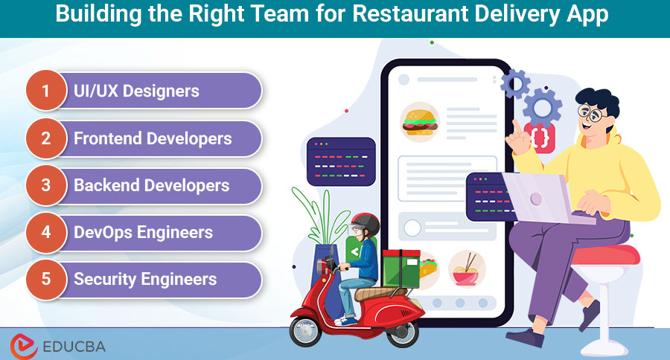Educba
1M
95

Image Credit: Educba
Restaurant Delivery App Development
- Restaurant delivery app development in 2025 involves automation, AI, and personalized experiences to meet increasing customer expectations and logistical challenges.
- Building a scalable restaurant delivery platform is crucial due to user demand spikes, logistics complexity, and security issues.
- Key team members for app development include UI/UX designers, frontend and backend developers, DevOps engineers, security specialists, and data analysts.
- Scalable architecture for a delivery app should include a microservices approach, cloud infrastructure, fault tolerance mechanisms, and advanced caching.
- Modern technologies like AI for delivery routing, automated inventory management, real-time monitoring, and continuous testing are essential for a successful app.
- Continuous integration, real-time performance analysis, and quick iteration based on user feedback are vital for product testing and optimization.
- Restaurant delivery app development requires strategic collaboration, advanced technologies, and a scalable infrastructure for long-term success.
- Investing in AI-powered solutions and user-centric design can lead to significant success in the competitive food delivery market.
- Recommended articles include topics on restaurant finance management, reservation software, and mobile app development tools for further insights.
- The guide emphasizes the importance of full-stack teams, user experience, and future scalability in creating successful restaurant delivery platforms.
Read Full Article
5 Likes
For uninterrupted reading, download the app